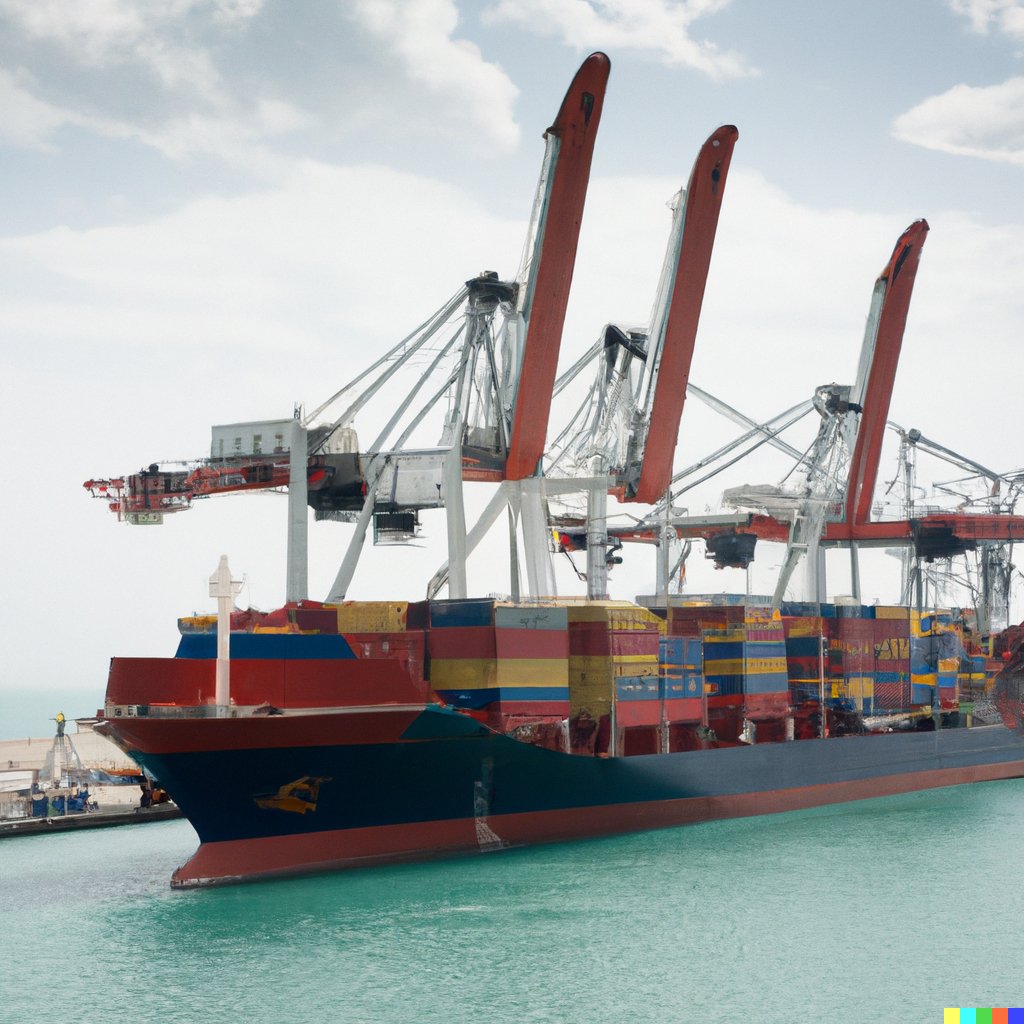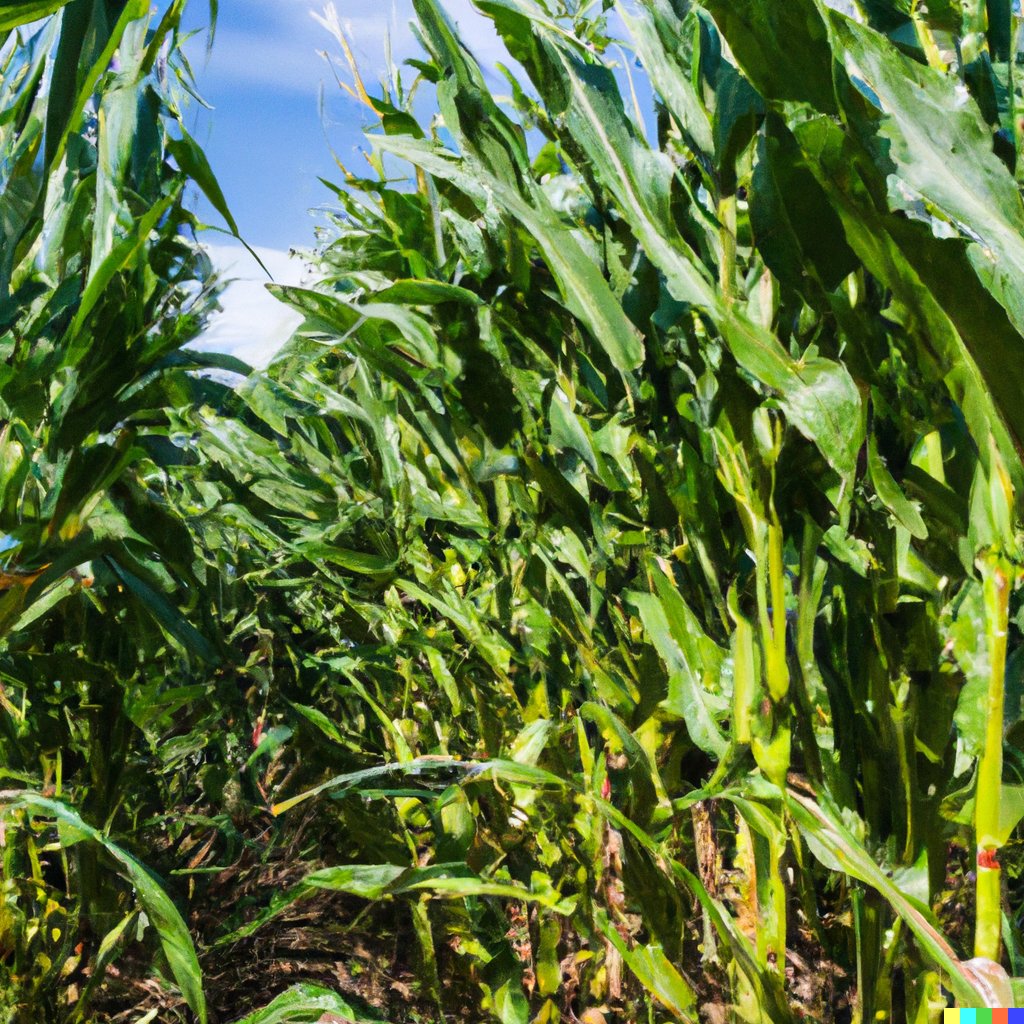
Deforestation, the clearing of forests for various purposes, is a significant environmental issue with far-reaching consequences. Several factors contribute to deforestation, and understanding these reasons is crucial for developing effective conservation strategies. Here are some of the key reasons for deforestation:
1. Agricultural Expansion:
One of the primary drivers of deforestation is the expansion of agricultural lands. As the global demand for food increases, forests are often cleared to make way for crops and livestock grazing.
2. Logging and Timber Extraction:
Commercial logging for timber and wood products is a major cause of deforestation. Trees are cut down to meet the demand for construction materials, furniture, and paper products.
3. Infrastructure Development:
The construction of roads, highways, and dams often leads to deforestation. These projects require vast areas of forest to be cleared, disrupting ecosystems and habitats.
4. Expansion of Urban Areas:
As populations grow, urban areas expand, encroaching upon nearby forests. The conversion of forested land into residential and industrial zones contributes to deforestation.
5. Mining Activities:
Mining operations require significant land clearance, leading to deforestation. Extracting minerals and resources from beneath the forest floor can have devastating impacts on the surrounding ecosystems.
6. Fire and Slash-and-Burn Agriculture:
Some communities practice slash-and-burn agriculture, where forest areas are cleared and burned to make room for cultivation. Uncontrolled fires can also cause accidental deforestation.
7. Livestock Grazing:
Forest areas are sometimes cleared to create pasture for livestock grazing. Overgrazing can degrade the land and further contribute to deforestation.
8. Illegal Logging and Land Encroachment:
Illegal logging, often driven by the demand for valuable timber, is a significant contributor to deforestation. Additionally, land encroachment by illegal settlements can lead to forest destruction.
9. Commercial Plantations:
Large-scale plantations for crops like palm oil, soybeans, and rubber can result in the clearing of vast forested areas.
10. Climate Change and Drought:
Climate change can increase the frequency and severity of droughts and wildfires, which can exacerbate deforestation by causing extensive forest damage.
Frequently Asked Questions (FAQ) - Deforestation: Understanding the Causes
1. What is deforestation, and why is it a concern?
Deforestation is the process of clearing forests for various purposes, including agriculture, logging, and infrastructure development. It is a concern because it leads to the loss of valuable ecosystems, biodiversity, and contributes to climate change.
2. What is the main reason for deforestation?
The main reason for deforestation is agricultural expansion. As the demand for food increases, forests are cleared to make way for farming and livestock grazing.
3. How does logging contribute to deforestation?
Logging for timber and wood products is a significant cause of deforestation. Trees are cut down to meet the demand for construction materials, furniture, and paper.
4. How do infrastructure projects impact deforestation?
The construction of roads, highways, and dams often requires the clearing of forests, leading to deforestation and habitat destruction.
5. Does urbanization play a role in deforestation?
Yes, as urban areas expand, they encroach upon nearby forests, resulting in deforestation to accommodate growing populations and development.
6. What is slash-and-burn agriculture, and how does it contribute to deforestation?
Slash-and-burn agriculture involves clearing land by cutting down and burning trees. It is often practiced by some communities for cultivation, leading to deforestation.
7. Is illegal logging a significant factor in deforestation?
Yes, illegal logging is a major contributor to deforestation. The demand for valuable timber drives illicit activities that harm forested areas.
8. How do commercial plantations impact deforestation?
Large-scale plantations for crops like palm oil, soybeans, and rubber can result in the clearing of extensive forested areas to make way for monoculture plantations.
9. Does climate change play a role in deforestation?
Climate change can exacerbate deforestation by increasing the frequency and intensity of droughts and wildfires, which can damage forests.
10. What can be done to address deforestation?
Addressing deforestation requires sustainable land use practices, conservation efforts, and the enforcement of forest protection laws. It also involves promoting reforestation and afforestation initiatives to restore and expand forested areas.
Conclusion
Deforestation is a critical environmental issue driven by factors such as agricultural expansion, logging, infrastructure development, and urbanization. Illegal activities, climate change, and commercial plantations also contribute to forest destruction. To combat deforestation, a comprehensive approach is necessary, encompassing conservation, sustainable practices, and reforestation efforts.
Addressing deforestation requires a comprehensive approach, involving sustainable land use practices, conservation efforts, and the enforcement of forest protection laws. By understanding and tackling the underlying reasons for deforestation, we can work towards preserving these vital ecosystems for future generations.














